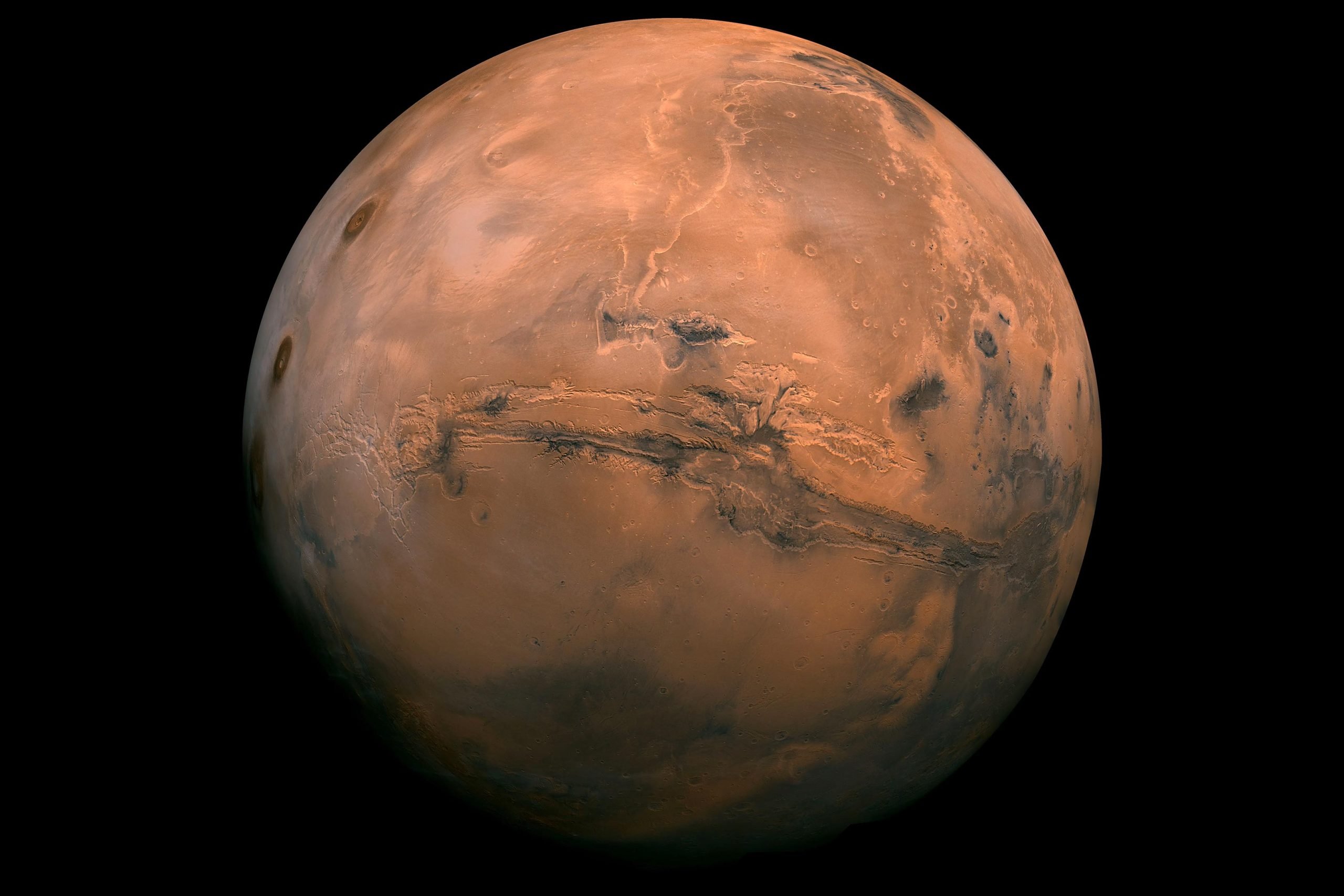 Read more: Found here
Read more: Found hereA new study reveals the frequency of space rocks pummeling Mars is higher than previously estimated and detects two of the largest impacts ever seen by scientists on the Red Planet.
The Mars InSight Lander, though inactive, continues to contribute to our understanding of Mars through data revealing higher-than-expected meteoroid impact rates. This information, derived from both seismic and orbital imagery analyses, suggests a need to update current models of Martian and other planetary surfaces across the solar system.
NASA ⁘s Mars InSight Lander may be resting on the Red Planet in retirement, but data from the robotic explorer is still leading to seismic discoveries on Earth.
In one of the latest studies using data from the spacecraft, an international team of scientists led by a Brown University researcher found that Mars may be getting bombarded by space rocks at more frequent rates than previously thought. Impact rates could be two to 10 times higher than previously estimated, depending on the size of the meteoroids, according to the study published in Science Advances .
⁘It⁘s possible Mars is more geologically active than we thought, which holds implications for the age and evolution of the planet⁘s surface,⁘ said lead researcher Ingrid Daubar, an associate professor (research) of Earth, environmental and planetary sciences at Brown. ⁘Our results are based on a small number of examples available to us, but the estimate of the current impact rate suggests the planet is getting hit much more frequently than we can see using imaging alone.⁘
⁘This is going to require us to rethink some of the models the science community uses to estimate the age of planetary surfaces throughout the entire solar system,⁘ Daubar said.
No comments:
Post a Comment